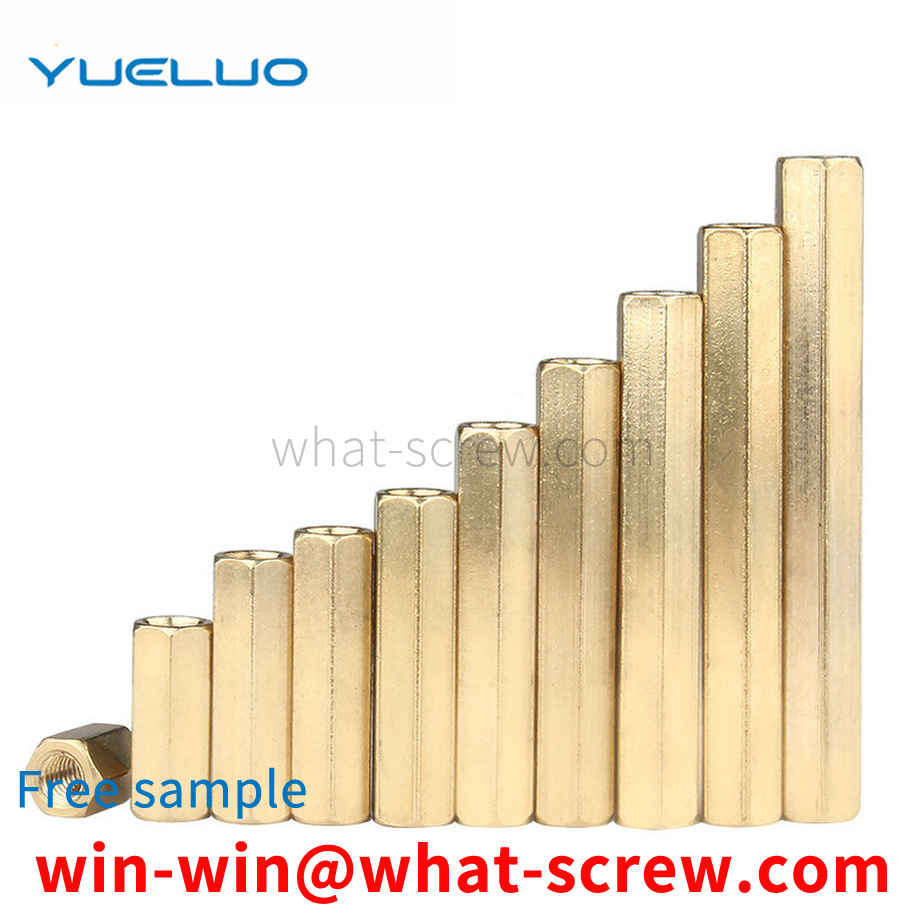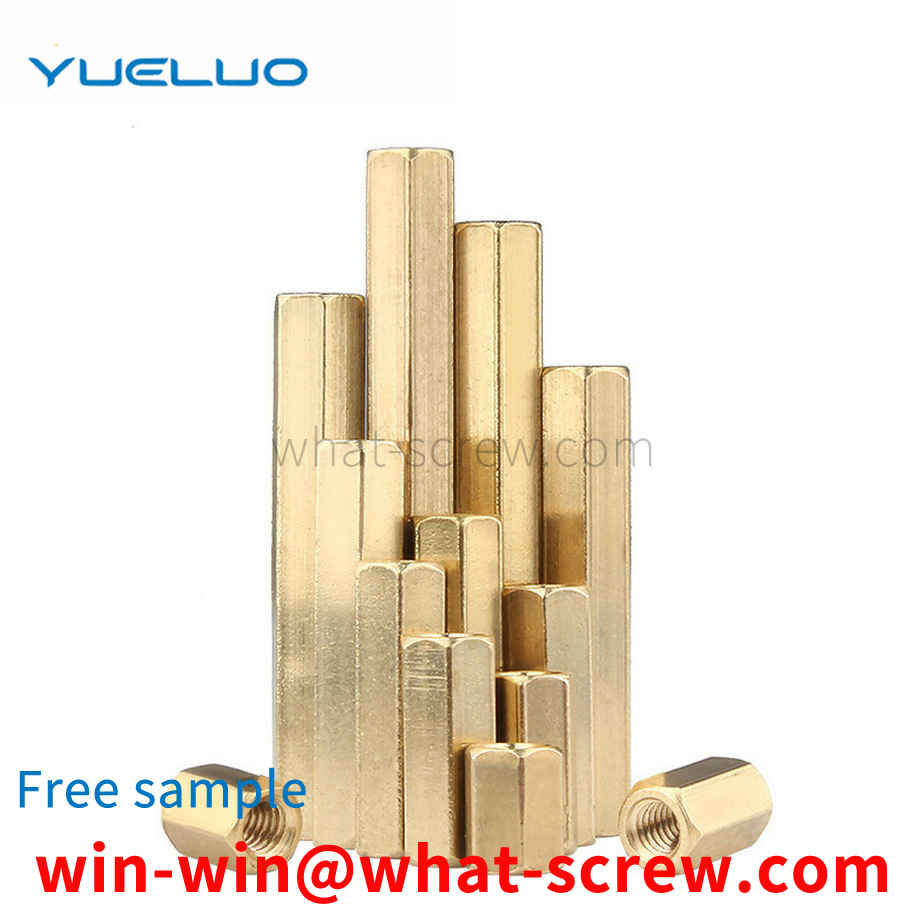In the past production, gaskets were generally obtained from two channels: first, standard gaskets were mostly purchased from the market, and the cost was high; non-standard gaskets, due to the small demand, required separate tooling and molds, which were expensive and long production cycle. It is difficult to purchase; Second, the plate is purchased by the enterprise, and then the washer is formed by the automatic cutting machine. Because the cut nodules and cut marks produced by flame cutting do not meet the requirements for use, the inner and outer diameters need to be reserved 2 ~3mm machining allowance, and then finish the outer diameter and inner diameter by lathe.
1. For low strength (below 500 N/mm2 or below 60000 psi) bolts use general soft steel, generally use SAE 1008 or JIS SWRM 8 (or SWRCH 8). 2. Lower strength (600 N/mm2 or 74000 psi) ) bolts use general soft steel, but limited carbon content grade, generally use SAE 1010 - 1015 or JIS SWRM 10 - 15 (or SWRCH 10 - 15). .3. Higher strength ( 800 N/mm2 or 125000 psi ) bolts of medium carbon steel, low carbon boron steel plus quenching and tempering, generally use SAE 1035 - 1040 or SWRCH 35K - 40K. 4. High strength (900 N/mm2 or more or 150000 psi or more) bolts use medium carbon Alloy steel or low carbon boron steel, in terms of application, if the metric Class 10.9 uses low carbon boron steel, the imprint should be added under the series imprint to become 10.9, and the imprint of the inch 8.2 grade is also used with the general Grade 8 bolts The imprint is different for easy identification. High-strength bolts made of low carbon boron steel cannot be used in high temperature conditions. The design strength exceeds Class 12.9 or ASTM A574 ultra-high strength bolts are limited to medium carbon alloy steel plus quenching and tempering. The performance grades of bolts for steel structure connection are divided into more than 10 grades such as 3.6, 4.6, 4.8, 5.6, 6.8, 8.8, 9.8, 10.9, 12.9, etc. Among them, the bolts of grade 8.8 and above are made of low-carbon alloy steel or medium-carbon steel and are heat-treated (quenching, tempering), commonly known as high-strength bolts, the rest are commonly known as ordinary bolts. The bolt performance grade label consists of two parts of numbers, which represent the nominal tensile strength value and yield ratio of the bolt material respectively. For example, a bolt with a performance level of 4.6 means: 1. The nominal tensile strength of the bolt material is 400MPa; 2. The yield ratio of the bolt material is 0.6; 3. The nominal yield strength of the bolt material is 400×0.6=240Mpa . Performance level 10.9 high-strength bolts, after heat treatment, can achieve: 1. The nominal tensile strength of the bolt material is 1000MPa; 2. The yield ratio of the bolt material is 0.9; High-strength bolts, processing and manufacturing problems are compared Small, general fastener manufacturing companies can master the manufacturing process; but problems are prone to occur in material selection and heat treatment. Material selection is the primary link. Various alloying elements have a great influence on the properties of the material, and the material must be subjected to spectral composition analysis; secondly, the fracture problem and the choice of heat treatment process have a great influence and are very important. Dealers and traders must control the inspection and performance testing links; automotive fasteners have high requirements and must carefully control the quality.
Reference standard GB 90 Fastener acceptance inspection, marking and packaging GB 196 Basic dimensions of ordinary threads (1~600mm in diameter) GB 197 Tolerance and fit of ordinary threads (1~355mm in diameter) GB 230 Test method for Rockwell hardness of metals GB 699 High-quality carbon Plain structural steel technical conditions GB 1237 Marking method of fasteners GB 5267 Electroplating layer of threaded fasteners GB6394 Determination of average grain size of metals
The upper part of the T-bolt is a screw rod, and the bottom end is a T-shaped head. It is equipped with a sleeve with an anchoring plate. The fastening equipment is installed by the anchoring force between the T-shaped head and the anchoring plate. The appearance of the equipment after installation is shown in Figure 1, in which the figure composed of black lines is a component composed of T-bolts and integral sleeves. When constructing civil foundations, the sleeves should be pre-buried first, and the T-bolts will not be used until the equipment is installed. Anchor into the sleeve.
The upper part of the T-bolt is a screw rod, and the bottom end is a T-shaped head. It is equipped with a sleeve with an anchoring plate. The fastening equipment is installed by the anchoring force between the T-shaped head and the anchoring plate. The appearance of the equipment after installation is shown in Figure 1, in which the figure composed of black lines is a component composed of T-bolts and integral sleeves. When constructing civil foundations, the sleeves should be pre-buried first, and the T-bolts will not be used until the equipment is installed. Anchor into the sleeve.
We have many years of experience in the production and sales of screws, nuts, flat washers, etc. The main products are: hexagonal toothed nuts, pressure riveting screws, heavy-duty bolts, 8.8 anti-thread hexagonal nuts and other products, we can provide you with suitable tightening. Firmware Solutions.



















 Service Hotline
Service Hotline




